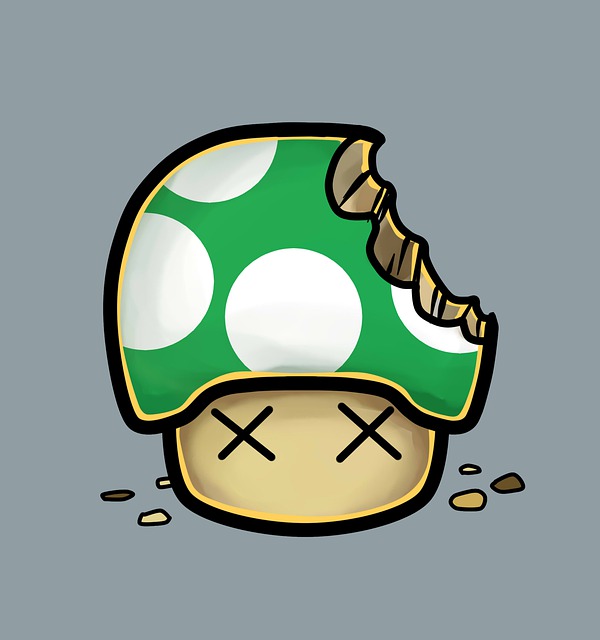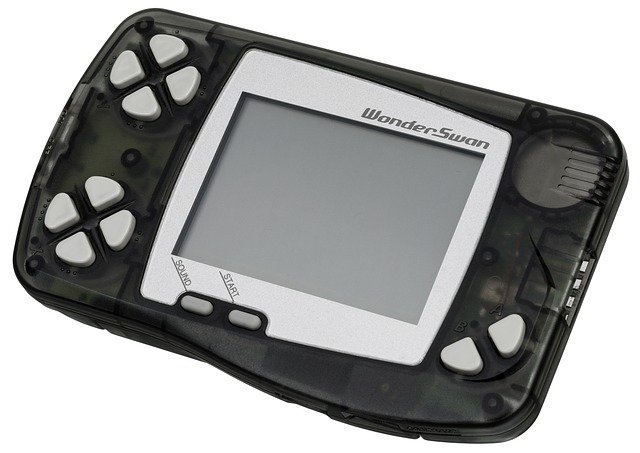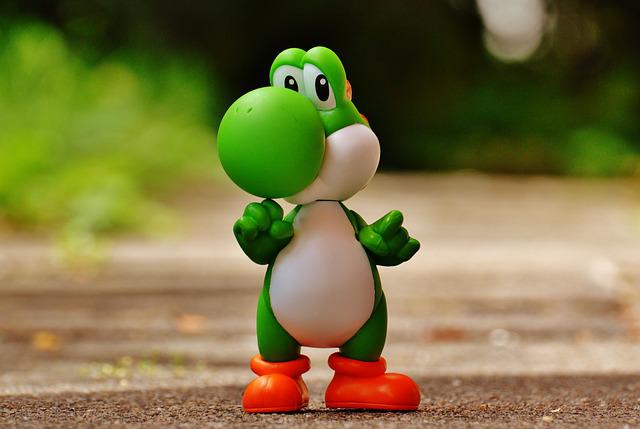When Square Enix acquired Eidos in 2009, it came as quite the surprise.
The Final Fantasy publisher hadn’t indicated any desire to make a big Western acquisition. In fact, the year before it had attempted to acquire Japanese publisher Tecmo, which was best known for games like Dead or Alive and Ninja Gaiden.
On one side, it felt like an opportunistic move. Eidos’ market valuation was low, and the currency situation between the UK and Japan was favourable. But it also made a lot of sense. There was significant anxiety that the Japanese games market was shrinking, and Square Enix was unsure of how successful its brands could be outside of its home country.
Acquiring a business with a deep understanding of the European and US markets, plus the likes of Tomb Raider and Hitman, gave Square Enix a real opportunity to become a major global player. It also felt like a decent partner for Eidos. Its core brands – Tomb Raider and Championship Manager in particular – were no-longer delivering significant results.
Square Enix was seen as a master at managing and making the most from games IP. It published books, created merchandise, developed movies (admittedly, so did Eidos) and had maintained huge brands over decades. The deal caught people by surprise, but it seemed to fit.
Over the next 13 years, Square Enix Europe (as it was now called) made several attempts to find new brands, grow existing ones and develop Tomb Raider into one of the biggest games in the world. There was some success and several great titles, but Eidos’ brands are as inconsistent as they’ve ever been. The return-on-investment was poor, and Square Enix never came close to challenging the likes of EA, Ubisoft and Take-Two.
There was some ambitious (and expensive) efforts over those years. One of the biggest was the 2013 Tomb Raider reboot. Developed by Crystal Dynamics and backed by a significant marketing campaign, Square Enix was looking to re-establish the IP as one of the biggest in the industry. Eventually, the game would do over 14.5 million copies, and become the biggest Tomb Raider of all time. But it took a series of discounts and re-releases to get it there.
During the launch month, Tomb Raider sold 3.4 million copies, which was below expectations. Much has been made of Square Enix’s lofty, possibly unrealistic, sales targets for its Western games. However, the company was not looking at Tomb Raider’s past as the benchmark, but rather what its competitors were achieving. Only five months earlier, Ubisoft had released Assassin’s Creed 3 and sold seven million units in six weeks. Why couldn’t Tomb Raider do the same?
Guardians of the Galaxy – trailer
Hitman was another franchise that Square Enix tried to turn into a big seller, namely with 2012’s Hitman Absolution. But like Tomb Raider, the game was another that ‘failed to reach sales targets’. Square would experiment with an episodic Hitman after that, but ultimately the series wasn’t delivering a good enough return. As a result, the publisher allowed the IP, and its developer IO Interactive, to leave.
The one moment where a game did reach (and exceed) sales targets was Deus Ex: Human Revolution in 2011, but its 2016 follow-up was a disappointment, and the series was put on ice. All of this, alongside the disappointing Thief reboot in 2014, saw Square Enix make the drastic decision to pivot away from its own brands and sign a licensing deal with Marvel instead.
Again, the publisher invested significant money in the projects, put its best developer on its flagship Avengers project, and went big on the marketing. Marvel’s Avengers took over E3 in 2019, and the message was clear: this was a big deal.
Yet Square Enix had once again over-reached. Marvel’s Avengers disappointed financially and critically when it arrived in 2020. The 2021 Guardians of the Galaxy game fared better with critics, but didn’t light up the charts, either.
“Eidos’ brands are as inconsistent as they’ve ever been. The return-on-investment was poor, and Square Enix never came close to challenging the likes of EA, Ubisoft and Take-Two.”
As a result, Square Enix has been seeking a buyer for its Eidos business. It has been holding off green lighting projects, and it’s even taken on work-for-hire projects, namely with Crystal Dynamics supporting Microsoft‘s Perfect Dark reboot.
Now, these studios have found a new home at Embracer (a holding company that owns numerous studios around the world). And just like 13 years ago, it looks like a cut-price deal.
We’re looking at three strong developers, an eclectic and large back catalogue, and the Tomb Raider brand, all for $300 million. It’s significantly less than what most studios are going for these days. By comparison, Embracer bought Gearbox (admittedly not all of it up-front) for $1.3bn.
The reality is that for all of the big brands and critical acclaim, Square Enix’s Western business was simply not consistent or profitable enough. It spent too much and didn’t deliver enough. But what Embracer offers, via its various subsidiares, is a way to address all that.
A good template for Crystal Dynamics, Eidos Montreal and Square Enix Montreal is its former sister studio: IO Interactive. That developer has focused in on its Hitman IP, it’s speaking directly with its fans, and it’s learnt to make things faster and on a budget. As a result, Hitman is growing once again, IO is expanding and it’s even secured the James Bond licence.
That’s what these other ex-Square Enix studios will need to do. They’ll need to find a way to be more sustainable while delivering on the expectations of its players. And they’ll need to learn to make the most of their legacy brands, whether through full remasters or digital re-releases. And thanks to sister companies like Koch Media, THQ Nordic, Gearbox, Saber Interactive and so on, they now have the know-how around them to do all of that.
The model at Embracer, which is basically a group of companies that work largely independently, might just be the ideal set-up for these old Eidos studios. They can still get many of the benefits of being part of a larger group, without having to deliver massive Western growth for a big Japanese parent.
Let’s just hope we’re not back here in 13 years time.



